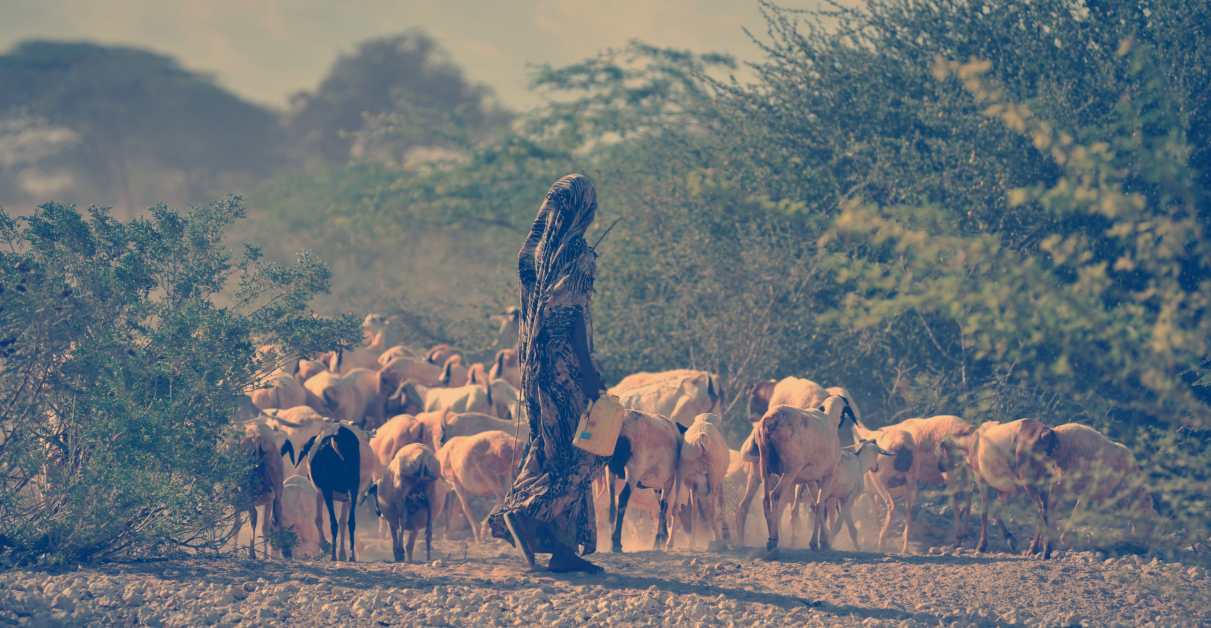Poverty is the Intersection of Climate Change and COVID-19
While the news about COVID-19 is dominated by the race for vaccines and economic recession, my thoughts continue turning to the poor communities in the Sundarbans in the Southwest region of Bangladesh. For several years, I was involved in the work of local non-profit organizations in this region by helping to build disaster resilience against storm surges, cyclones, and sea level rises. My thoughts continue going to this place because of what these coastal communities represent in our current discourse on COVID-19—that the issue of this pandemic is not so much about health alone, but more so about poverty and inequality.
Historical poverty, inequality, and vulnerability make these communities hotspots for zoonotic pandemics like COVID-19. These communities have low access to health and education services, as well as little opportunity for active participation in the mainstream economy. They are dependent on the resources of the Sundarbans, the world’s largest and threatened mangrove forests. Poverty, exclusion, and ecological degradation that communities face increase the likelihood of human-wildlife interactions that lead to the outbreak and spread of zoonotic diseases like COVID-19.
These communities in my opinion are the best picture of the huge development crises when poverty, climate change, and ecological degradation collide.

Urgency and scale of action needed
The last pandemic of this scale happened a hundred years ago, making the outbreak of COVID-19 unprecedented for this generation. The development sector is now expected to do new things to address the problem and protect the most vulnerable. For me, the biggest question that we should ask in the development sector is not “what new things do we need to do because of COVID-19?”, but instead “how can we scale out pre-existing, effective programs on poverty reduction, health, education, and local economic development to manage the crisis?” Of course, we need to make some changes in program design, but the bottom line is—we are in this crisis of this magnitude because we have not acted with the urgency and scale to address climate change, ecological degradation, and poverty. To manage this crisis and prevent future pandemics, we need to scale out programs on poverty reduction, health, education, access to clean water, risk management, and preparedness.
I offer three things that nonprofits can do that I believe will lead to scale, efficiency, and sustainability of development programs that can combat the threat of pandemics.
First, we need to increase investments in development work. To achieve this goal, nonprofits should continue playing an influencing role by bringing in investments for development programs. Development funding has changed in the past 10 years—from aid investments from the global north to the emergence of new modalities such as impact investments by the private sector and individual and corporate philanthropy. Nonprofits of the future need to shed their traditional dependence on grants and take a more entrepreneurial approach to development aid.
Second, nonprofits need to understand pathways to scale so that they can invest in areas that will leverage a much larger scale and impact. We need to break away from the thinking that nonprofits are the only players that bring about community development and we need to recognize that governments, businesses, and academic institutions are potential pathways to achieve scale in our development programs.
Finally, nonprofits have to utilize appropriate technology. There has to be a drive to innovate by creating and using new technologies and tools (gadgets, crops, and framework) and by developing new ways and processes for achieving development outcomes. We need to rethink
our business models and ways of working to maximize available tools such as increasing connectivity and big data.
Lastly, we are focusing on creating resilient community health systems. This includes risk assessments to identify populations that are vulnerable to COVID-19 and other zoonotic diseases, recruiting and training village-level health workers, preparing a community-level epidemic response plan including mechanisms for contact tracing, pre-positioning of materials such as PPEs, and preparation of quarantine facilities. This approach also incorporates community-based early detection, management, and reporting of cases to reduce the spread of
the disease. By investing in these programs now, we are also preparing the community for better utilization and mobilization when the COVID-19 vaccine will become available.
This article is written by Wilson John Barbon. He is the Country Director at the International Institute of Rural Reconstruction – Myanmar. The image used in this article is owned by the Bangladesh Environment and Development Society (BEDS).





Dear Wilson,
Sound good and interesting. People can easily understand the situation of the Sundarbans coastal region of Bangladesh as well as people life and livelihood situations